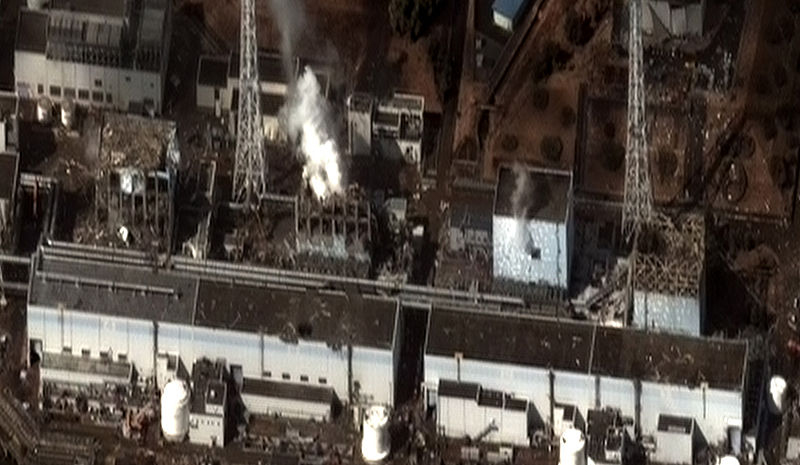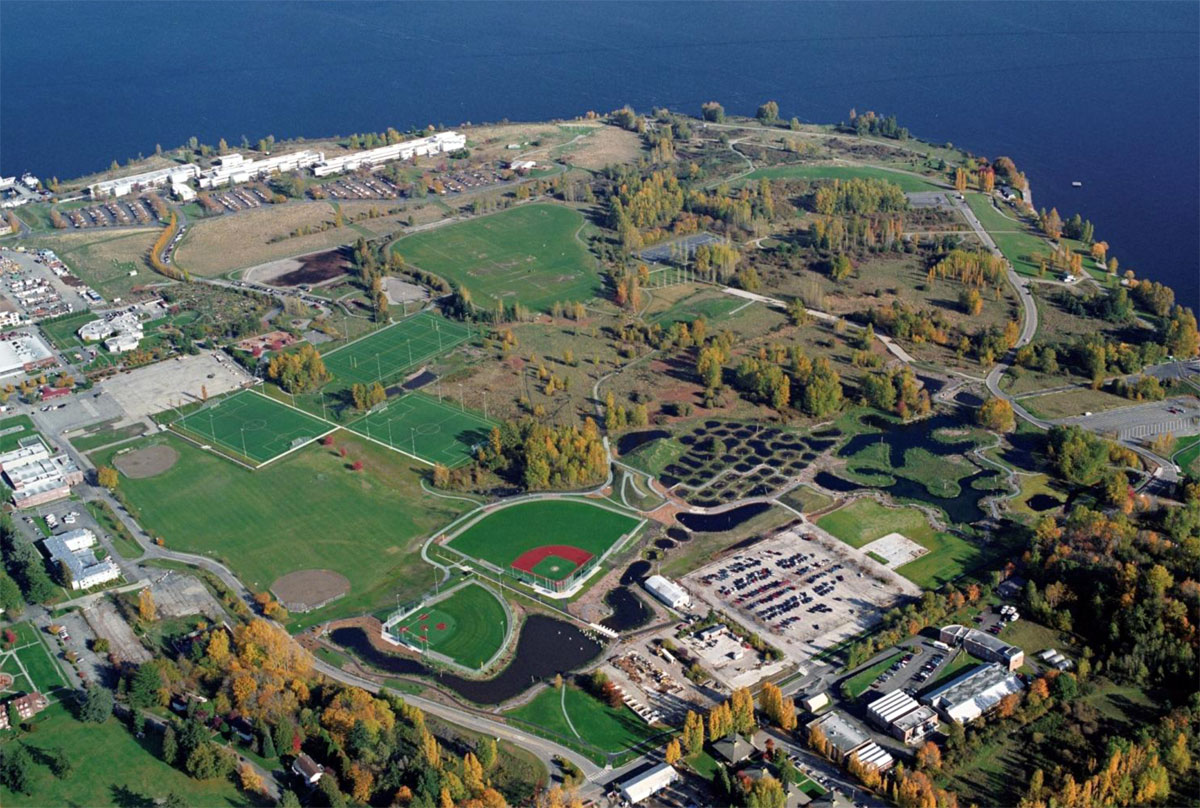Second Meeting at Magnuson Park about Radioactive Contamination on July 18, 2013 – Part 3 of 3
We had been told that a questions and answer session would continue after the public comment period but after the public comment period, the representatives from the Navy, the State Department of Health and one from the State Department of Ecology had vanished. One brave representative from Ecology stayed on to face the remaining citizens. One question that I had raised at the previous meeting in May had remained unanswered. We had been told at that time that the State Department of Ecology was the senior agency and that it had ultimate authority. However, when I asked the rep from Ecology at that meeting whether or not the Department of Ecology could stop the Navy from going ahead with its finalized plant in July, he said “I don’t know.”
At last night’s meeting, the question of ultimate authority came up again. The Navy was claiming that it had the right to drive the process as it saw fit because the contamination was caused by the Navy back in the 1940s. The Department of Health also said that they had ultimate authority for cleaning up radioactive contamination that threatened the citizens of the state. Representative Pollet said that the State Department of Ecology had ultimate authority. He said that the Navy’s claim to authority was invalid because the Park was not a Federal Superfund Site and it was no longer owned by the Federal Government. When directly confronted, the representative from Ecology said that he did not think that the State Department he worked for could stop the Navy from proceeding. Earlier he had said that following the public input at the meeting, Ecology might approve the Navy’s plan “as is” or request changes based on public input. Representative Pollet pointed out that that changing the work plan was going to be difficult if the Navy proceeded to start work before the public comment period had even ended.
I demanded an answer to the question of who exactly was in charge at Magnuson Park. I was surprised that a nine million dollar plan of action had been drawn up and was scheduled to proceed when the question of who was in charge and what official process should be followed had not been answered. Fortunately, State Representative Pollet had called a meeting of representatives of all Federal and State agencies involved for this coming Monday to try to answer this question of jurisdiction and process once and for all. Without the work of Rep. Pollet, the Navy would have steamrolled their hasty process through and the public would have had no say in the cleanup of Magnuson Park.
From my studies of nuclear contamination worldwide, I have found repeated instances of governing and regulatory agencies from the international level down to the local community level as well as major private corporations failing to provide adequate timely information to the public about radiation dangers. There are also many instances of sloppy and incompetent cleanup efforts that were supposed to take care of contamination problems. Given the confusion, lack of information and rush to carry out an inadequate cleanup of the radioactive contamination in Magnuson Park, the public is entitled to be skeptical of the Navy’s plan to clean up the mess they left in spite of official reassurances.
Links:
King 5 report on May 29 meeting at Magnuson Park
King 5 report on July 18 meeting at Magnuson Park
Washington State Department of Health web page on Magnuson Park cleanup
Department of Navy web page on Magnuson Park cleanup
Magnuson Park Arial Photo:


